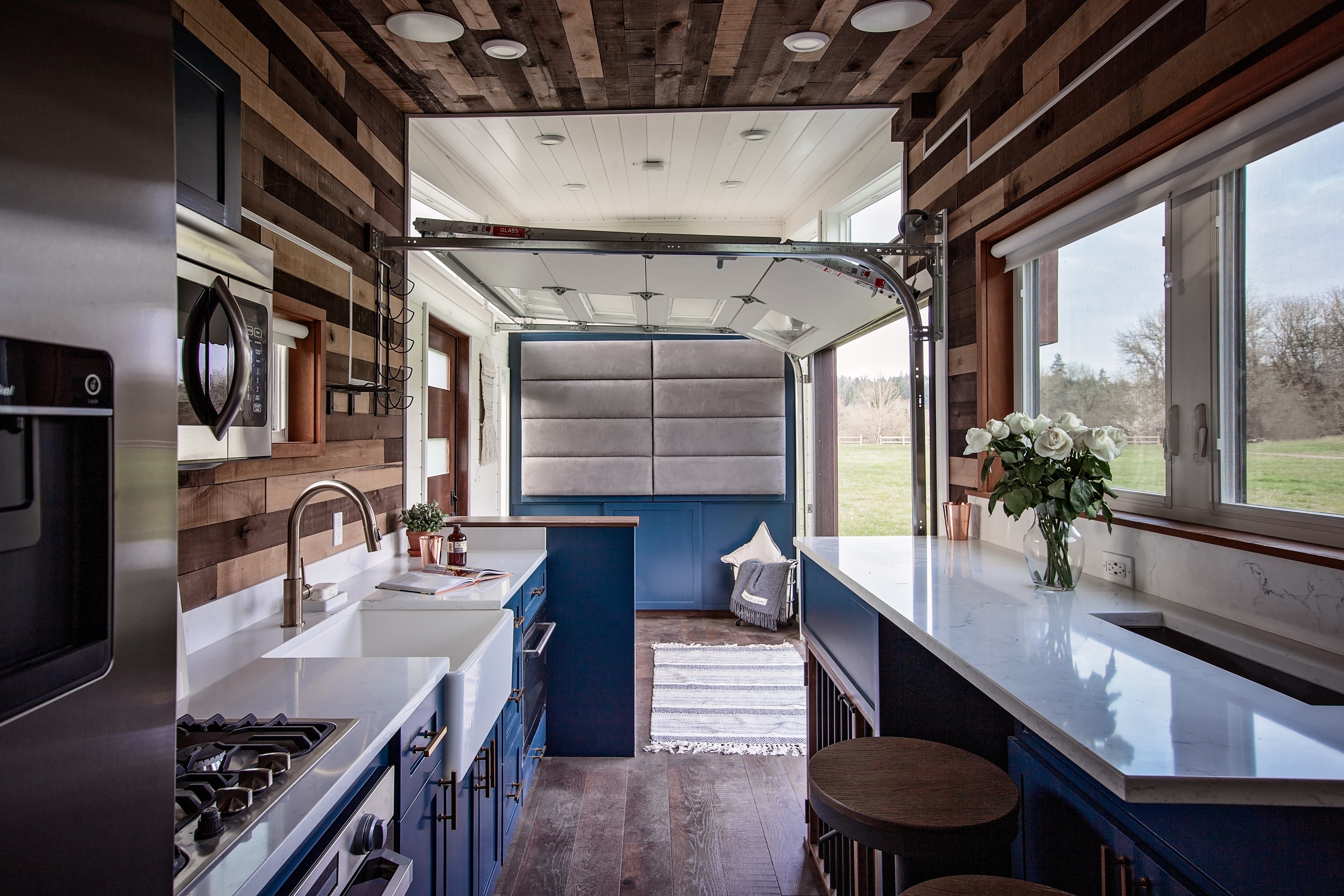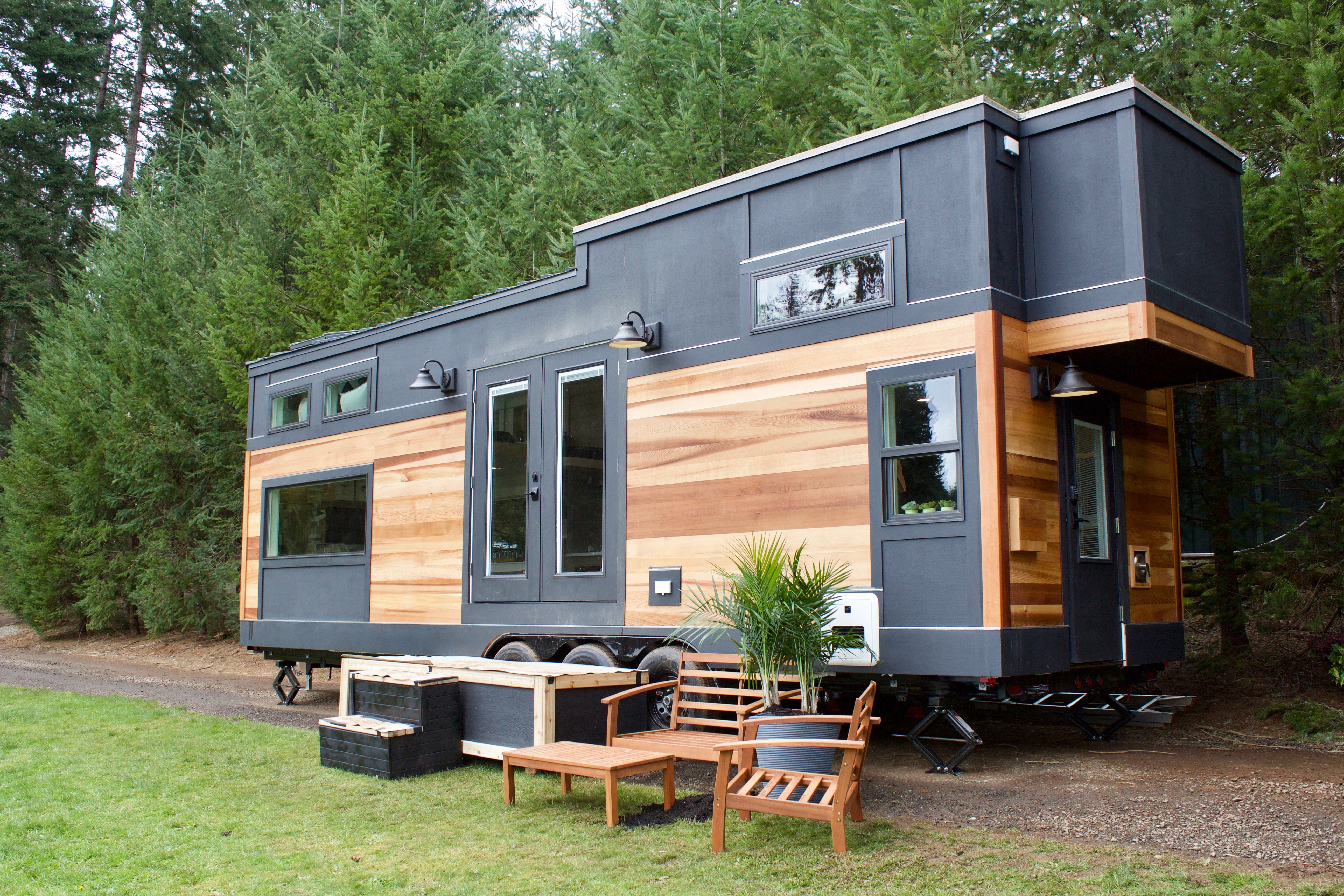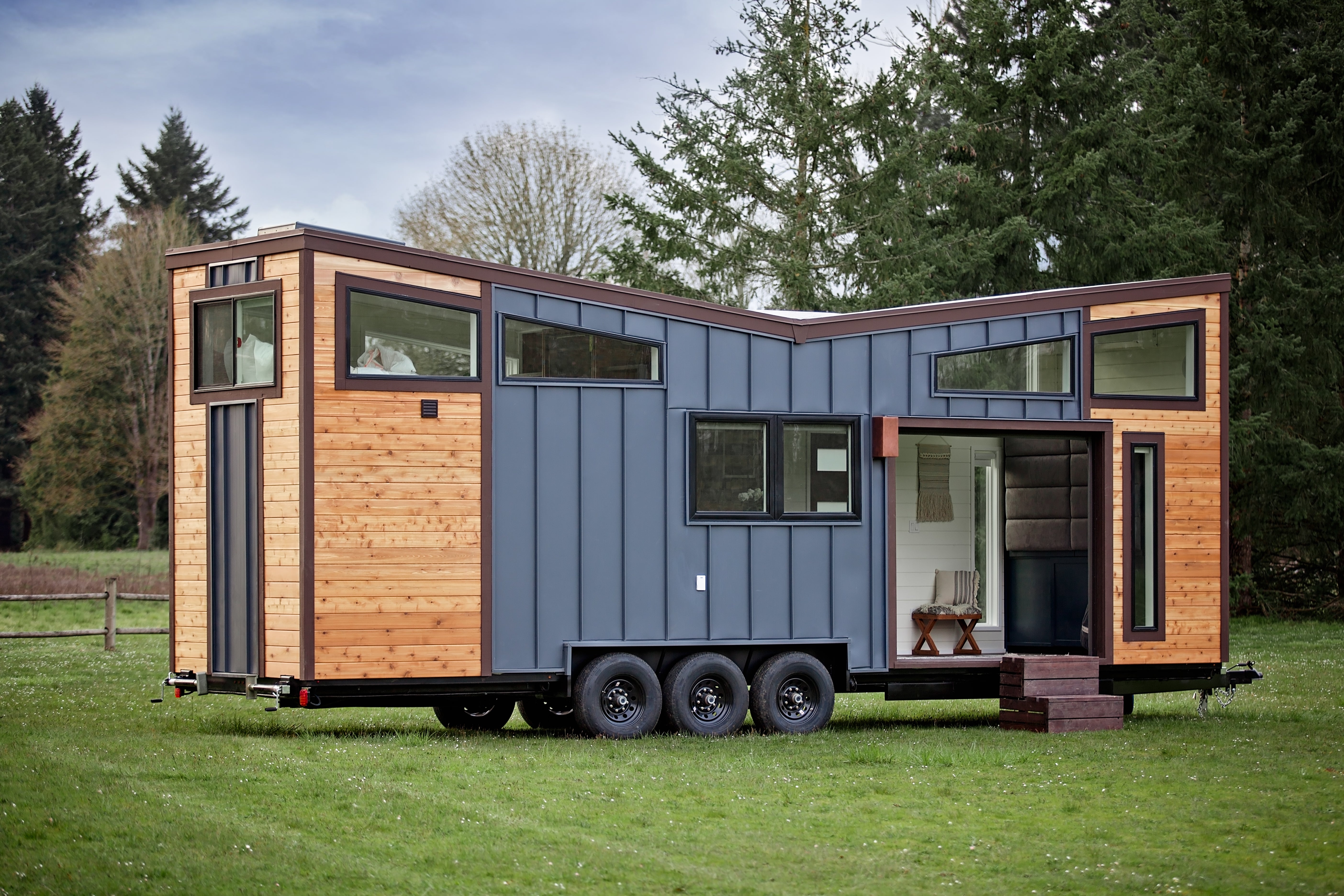Hot water rarely gets the praise it deserves in a tiny home. Yet it’s a factor in whether mornings start calm or chaotic. A steady heater means warm showers, clean dishes, and no drama behind cabinet doors.
Design choices always make their mark. Water heaters in small spaces cycle frequently and are often located close to floors and storage areas. A slow leak can cause wood to swell and introduce odors in just a few days. The fix is not magic. A few clever behaviors and routine maintenance keep the unit running smoothly for years and stop bills from piling up.
Here is a quick reminder from real life. A faint hiss under a sink turned into a warped cabinet and musty storage bins because nobody checked a weeping valve. Tiny homes leave little room for slow leaks. A few minutes of care each season can help maintain comfort.
Spotting Trouble Before It Starts
Hot water systems rarely fail without a warning flare. They whisper first. A low rumble when the burner fires. A pop that repeats like a metronome. Cloudy water. Orange streaks in the sink. A shower that cools halfway through, even when nobody else uses the tap. Each clue is a message from inside the tank.
In a tiny home, the stakes run higher. There is less air to hide smells, less floor to absorb puddles, and little tolerance for downtime. One slow drip can soak a cabinet and a tool bag in a single afternoon.
Do not wait for the crisis. Seek an expert water heater repair person when temperature changes or unusual noises persist. They can check the flue draft and test thermostats. They can also examine other elements and identify wiring or gas issues that owners shouldn't attempt to fix themselves.
A relief valve that weeps every time the water heats is not standard. Short cycling, tripped breakers, or a sulfur smell indicate specific faults that a technician can confirm. Early answers protect floors and extend the tank's life.
.png)
Tiny Space, Big Responsibility: Why Regular Maintenance Matters
A larger house can survive a cranky heater for a while. A tiny home cannot. Every appliance sits close to the living space, so minor problems ripple fast. Regular maintenance is the shield that prevents minor issues from escalating into major problems and costly repairs.
Sediment is the usual troublemaker. A steady temperature is maintained by the minerals that settle at the bottom of a tank, creating a crust that retains heat. The heater responds by working harder. Work turns into higher bills and a shorter life. Flushing the tank once or twice a year helps clear the buildup and restore optimal performance.
Other parts deserve quick checkups. The anode rod sacrifices itself to stop rust. The pressure relief valve protects against dangerous spikes. The thermostat keeps scalds at bay and equipment within safe limits. If you want a broad overview of how small space systems fit together, it offers a helpful overview.
Make maintenance predictable. Pair it with the seasons. Flush in spring. Inspect the anode in late fall when hoses get winterized. Label the valves so guests can shut off the water. A shallow pan or leak sensor, if space allows, adds protection.
.jpg)
The Lifespan Equation: What Really Determines How Long Your Heater Lasts
Longevity depends on more than luck. Three factors matter most.
- Water quality. Hard water carries minerals that wear out tanks and clog lines. A softener or whole-house filter mutes the impact.
- Usage patterns. A single resident draws less hot water than a family. Fewer cycles mean less stress.
- Heater type. Tankless models often outlast standard tanks when properly maintained. Tanks usually retire around the 10-to 15-year mark. Tankless units can pass 20.
Tiny homes add their own twist. Many owners opt for smaller tanks to conserve space. Smaller tanks experience more wear since they heat and reheat more frequently. Tankless types require frequent descaling in areas with hard water, but they free up storage space and provide hot water when needed. Sizing deserves attention, too. The tank's list first-hour rating indicates how much hot water is available before recovery slows. Tankless units list the flow rate in gallons per minute at a given temperature rise. Cold inlet water lowers tankless flow rates. Plan for back-to-back showers, too.
DIY Care That Makes a Difference
Plenty of upkeep lives in the do-it-yourself zone. A short checklist goes a long way.
Flush the tank
Attach a hose to the drain valve and run a few gallons of water into a bucket until the water clears. Do this every six months or sooner if you hear popping.
Inspect the anode rod.
If it is eaten away or down to a thin wire, replace it. This one part buys years.
Test the pressure relief valve.
Lift the lever. Water should discharge and stop when you let go. No flow or drips afterward indicate that the valve needs to be replaced.
Set the thermostat
An approximate temperature of 120°F prevents scalds. It’s also ideal for conserving energy and lessening mineral buildup.
Maintain a little toolbox. Hose, Teflon tape, a flashlight, a socket for the anode, and a bucket cover most chores. Jot notes in a notebook. Date each flush and record any accompanying noises as well. In the future, you will be grateful for the paper trail.
One boundary remains firm. Skip gas and mains voltage work unless licensed. Safety first. Money saved by a risky repair vanishes the moment a leak, shock, or carbon monoxide scare occurs.
Professional Help Without the Panic
The best-maintained heater will wear out. Costs are predictable, and stress is reduced when one knows when to call a professional. Trained eyes are required for persistent leaks, rotten egg smells, burn marks, tripped breakers, or combustion issues. Document the patient's symptoms, model number, and age. Share photos. Request a clear scope of work and a detailed parts list.
Choose partners the same way you would choose a builder. Look for consistent feedback. Learn about the labor and parts warranties that are covered. If a technician insists on a replacement without testing, get a second opinion. Good questions save money. What exactly failed? Why did it fail? Can the part be replaced separately? How long should the repair last? What maintenance prevents a repeat? A pro who welcomes those questions is a keeper. Ask for local references and response times.
Smart Upgrades for the Long Haul
.png)
There comes a point when replacement is the more sensible option. Upgrading a tiny home is less about shiny new gear and more about fit, energy efficiency, and accessibility for service.
Tankless units win on space and efficiency. Many run for two decades with proper descaling. High efficiency tanks also earn a look, especially heat pump or hybrid models that pull warmth from the air. According to Energy.gov, water heating can account for roughly 20 percent of a typical household's energy bill. Cutting that share in a small home makes a noticeable difference month after month.
Plan the swap like a mini remodel. Confirm venting, electrical supply, gas sizing, clearances, and condensate handling. Consider the location of filters and valves to ensure easy maintenance. Check for local rebates or utility incentives when you plan. Efficient gear often qualifies, and the savings help offset the higher purchase price. Size the system to accommodate routines such as two showers and dishwashing. Leave room for service so parts can be replaced without tearing out trim.
Conclusion
Hot water sets the tone in a tiny home. When it is steady, routines feel smooth. When it falters, the whole space feels off. Watch for early clues, handle simple tasks, and call skilled help when issues exceed your DIY capabilities. When replacement is necessary, select an efficient model that suits the space's layout and utilities.






Share: